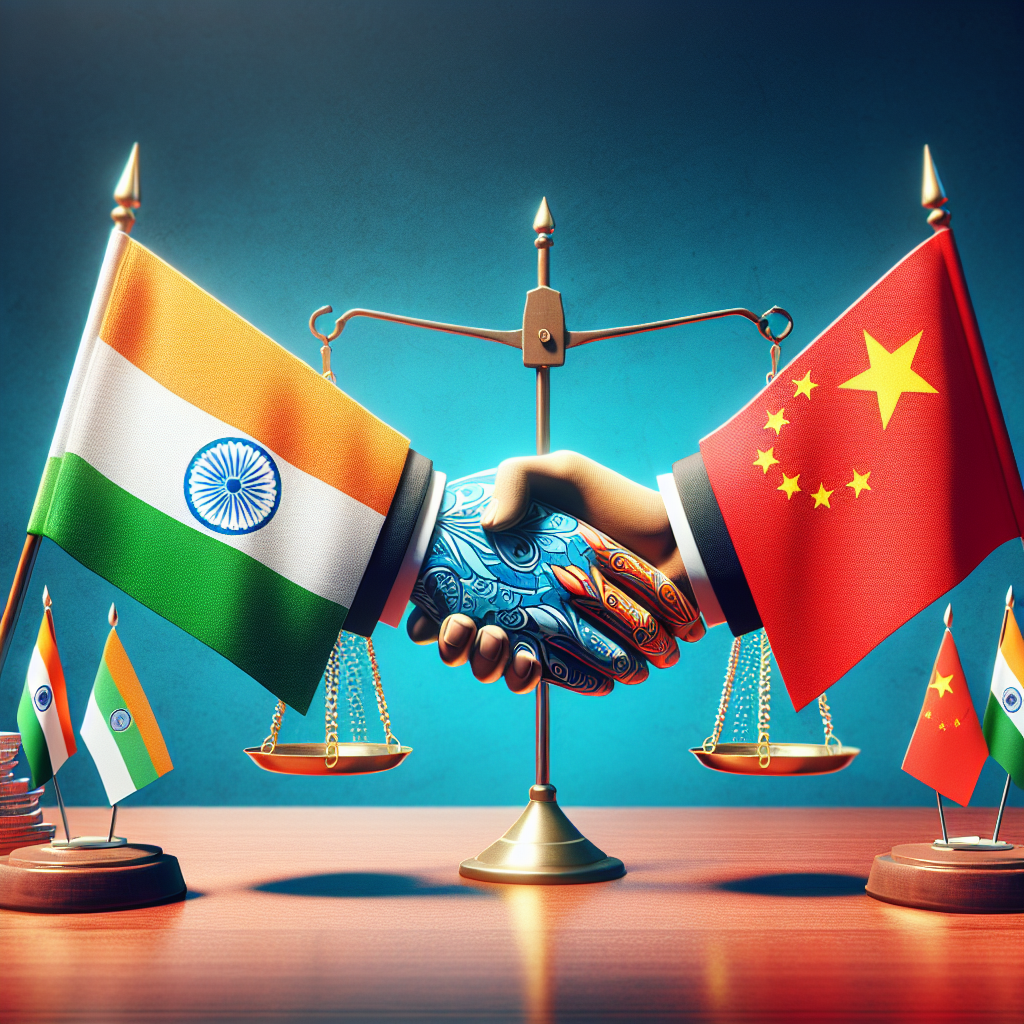“Beijing Responds to Trump’s Tariff: The State of India-China Relations”
Beijing Responds to Trump’s Tariff: The State of India-China Relations
Introduction
The ongoing trade tensions between the United States and China have prompted a series of global economic shifts. As Beijing responds to tariffs imposed by the Trump administration, the ripple effects are being felt worldwide, particularly in India-China relations. This summary explores the current dynamics between these two Asian giants in the context of the U.S.-China trade war.
China’s Strategic Response
In response to the U.S. tariffs, China has adopted a multifaceted strategy aimed at mitigating economic impacts and strengthening regional ties.
- China is seeking to diversify its trade partnerships, with a focus on Asia.
- Efforts to boost domestic consumption are being prioritized to reduce reliance on exports.
- Beijing is enhancing its Belt and Road Initiative to solidify economic influence in neighboring countries.
India’s Position and Opportunities
India finds itself in a unique position amid the U.S.-China trade tensions, with both challenges and opportunities arising from the situation.
- India could benefit from companies looking to relocate manufacturing away from China.
- There is potential for increased Indian exports to the U.S. as tariffs make Chinese goods more expensive.
- However, India must navigate its own trade disputes with the U.S. and China carefully.
Challenges in India-China Relations
Despite potential economic opportunities, India-China relations are fraught with challenges that could hinder collaboration.
- Border disputes continue to strain diplomatic relations.
- India’s growing strategic partnership with the U.S. is viewed with suspicion by Beijing.
- Trade imbalances remain a contentious issue, with India seeking greater market access in China.
Conclusion
The U.S.-China trade war has created a complex landscape for India-China relations. While there are opportunities for economic collaboration, longstanding geopolitical tensions and trade imbalances pose significant challenges. As both nations navigate this evolving scenario, their ability to manage these dynamics will be crucial in shaping the future of their bilateral relations.








































